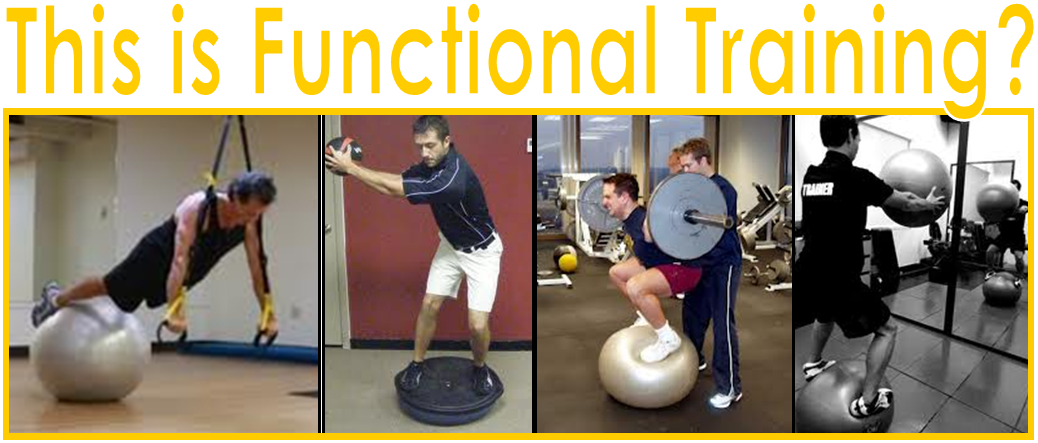Here at Urban Fitness, we practice something that we call Functional Training. Sadly, it has become a fad to call training “functional”, and it gets used far and wide to describe everything from this:
to this:
In fact, Functional Training is one of those things that has been associated with so many different types of exercise that it effectively means nothing. We don’t like that kind of “blah blah blah” reasoning here at UF, especially when we have a very clear idea of what we mean we call this functional:
Dina is challenging her core activation and balance while also engaging her hand-eye coordination
Basically, you mean one of two things (or both) when you say an exercise is “functional” (Siff, NSCA Oct. 2002):
the exercise mimics your everyday activity, or the sport you’re training for, so effectively that there is significant cross-over to your performance in that activity or sport. The reasoning goes something like this: a kettlebell swing closely mimics the movement used for a long jump, and so would be “functional” for a long-jumper. Of course, the most “functional” thing--using this definition--an athlete can do is just practice their sport!
or, the exercise stimulates the connection between your brain and your muscles in a way that carries over to everything you do. The result then is that your brain has more muscles to use, and it uses them in a more coordinated way.
Here at UF, we definitely take the second approach. While much of what we do may resemble positions you get into on the field, on the mat, or on the slopes, it is the process of “waking up” your nervous system and it’s connection to your muscles (the neuro-muscular junction, if you’re getting technical) that is the real goal. In fact, if we were truly committed to exercises that mimic specific, every-day life positions, we would just work on our clients’ sitting-and-typing posture all day! Not helpful.
Instead, we want people to move. Yes, to counteract that sedentary lifestyle, but more importantly to remind your body of all its movement potential.
In essence, the more active the muscle, the more energy it needs to just exist--and you burn more calories all day long. The more active the muscle, the more balanced is your body’s response to new and challenging movements--and you avoid injury more effectively. The more active the muscle, the more explosive and powerful you are--and your performance in any realm improves.
You just plain function better.


